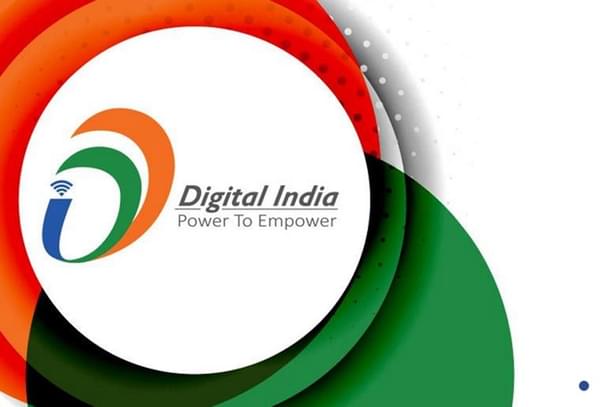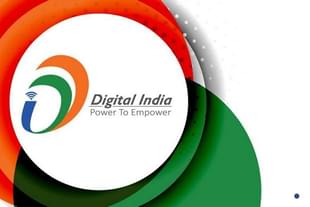Economy
Digital India's Promise And Potential For The Unbanked
Arvind Gupta
Dec 22, 2015, 06:14 PM | Updated Feb 10, 2016, 05:29 PM IST
Save & read from anywhere!
Bookmark stories for easy access on any device or the Swarajya app.


#DigitalIndia has brought India’s marginalised populace to the centre stage in the newer domains of technology and financial innovation.
India’s marginalised populace now appears to have assumed centre stage, even in the newer domains of technology and financial innovation. This is largely owed to #DigitalIndia’s vision of empowering a billion Indians, most of whom live in villages across the country and speak languages other than English. The real push has come from combining the newly-created Jan Dhan accounts, the Aadhaar identity infrastructure and the ubiquitous penetration of mobile phone technology.
This new formidable vehicle for government reforms seems to have created new spheres of engagement for policy makers, the Reserve Bank of India, economists and technology innovators, all at once. At a recent discussion on Jan Dhan-Aadhaar-Mobile (JAM), participants spoke of the immense potential of these three pillars to render financial technology in the aid of the poor and excluded.
The winning combination of JAM with Digital India has kick-started a major disruption in banking and payments like never before. With Digital India, the unveiling of the promised revolution of a less cash-oriented society, financial inclusion and a savings culture may finally be at hand. A society that relies less and less on cash-oriented transactions, certainly bodes well for the economy in the long run.
To start with, a bank account for every household in this vast country is a means of pulling the financially excluded families into the mainstream. 99.7% of India’s households have already been granted access to banking accounts. This trend is only expected to grow with the regulatory innovation that has now unleashed 11 new payment banks to reach the people at the fringes of financial inclusion.
Coupled with the payments bridge that links each Aadhaar number with a bank account, an effective channel is fast emerging to route intended benefits to the poor and at the same time make many of these small accounts viable. Importantly, more firepower has been added to the inclusion drive as well by the move to grant licences to a set of small finance banks, who by virtue of their very licensing conditions are required to focus on the unbanked and poor.
These entities ensure a sustainable financial structure because their licenses have been granted based on their years of experience in creating viable business models centred around small-value transactions. In combination with the new connectivity solutions and smartphones, more and more people may well have a 24/7 bank in their pocket in the months and years to come. An under 35-age group that makes up over 65% of the population is the perfect demographic to make this technology-driven change widely accepted.
Among other spin-offs, the growing number of IT-driven governance systems under Digital India are set to deliver benefits in cash and kind in a a manner that cuts down the leakages as we saw in the past and puts more disposable income in the hands of the poor. In the process, the financially excluded may now see more reason to start giving attention to their bank accounts.
New-age airlines have been hailed for devising ways to incentivise passengers carrying no baggage and sharing the benefits of its operational efficiencies with the consumers. It is time banks and regulators learnt from these consumer-friendly practices and started adopting schemes to encourage a less-cash ecosystem. Instead of flagging tax payers who make aggregated credit card purchases of Rs 2,00,000 per year for potential scrutiny, regulators are thinking of providing incentives to those who actually spend a substantial portion of their income in cashless transactions. This change in approach can not only reap efficiency gains but also ensure transparency in monetary transactions between the state and citizens.
Arvind Gupta (@buzzindelhi) is a digital entrepreneur, Eisenhower Fellow for Innovation, currently heading the BJP’s Information & Technology cell.
Krishnan Dharmarajan is Executive Director at the Centre for Digital Financial Inclusion.
The views expressed by the authors are personal.
Arvind Gupta (@buzzindelhi) is a Co-Founder of Digital India Foundation, Eisenhower Fellow for Innovation, currently heading the BJP’s Information and Technology Group. The views expressed are personal.





